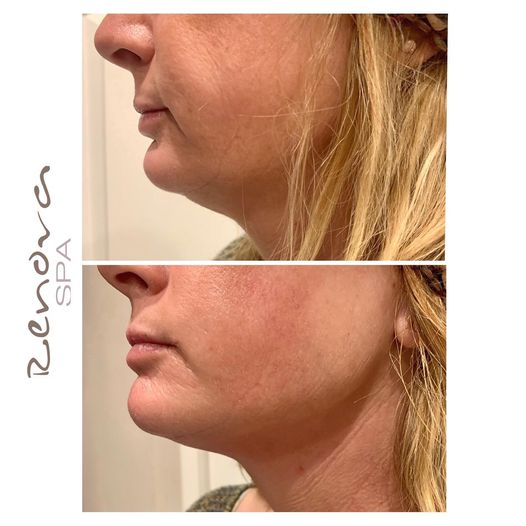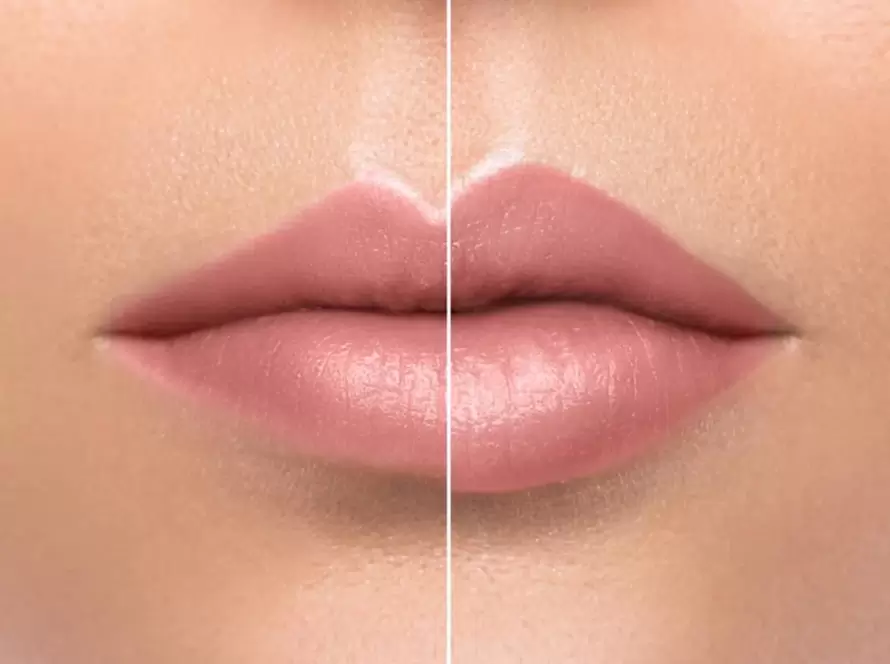What Exactly Causes Inner Thigh Fat: Unveiling the Causes and Conquering Solutions!
If you’ve ever wondered why those stubborn pockets of fat seem to cling to your inner thighs, you’re not alone. The phenomenon of inner thigh fat is a common concern, particularly among women. But what exactly causes inner thigh fat to accumulate, and is there more to it than meets the eye? In this comprehensive article, we’ll delve deep into the factors that contribute to inner thigh fat, from genetic predisposition to lifestyle choices and health conditions. We’ll also provide expert insights and practical advice on how to address this concern.
What Exactly Causes Inner Thigh Fat?
Where you store excess body fat is deeply rooted in your genetic makeup, making it a natural and individualized process. Your body’s unique blueprint determines where fat accumulates, including the inner thighs. For some, this might mean a propensity to store fat in this area.
Interestingly, this phenomenon is more prevalent among women, owing partly to hormonal influences. While both men and women can be affected by excess inner thigh fat, hormonal factors can make it more common in the female population.
Intramuscular vs. Subcutaneous Fat: Unraveling the Types of Inner Thigh Fat
The fat surrounding the thigh muscles can be categorized into two main types: intramuscular and subcutaneous. Intramuscular fat is located within the muscle itself, while subcutaneous fat resides just beneath the skin. Both types of fat can contribute to excess inner thigh fat, and the underlying reasons behind their accumulation can vary.

Intramuscular Fat: The Impact of Health Conditions
Excess intramuscular fat, often linked to health conditions like diabetes or insulin resistance, can have a significant impact on the inner thighs. When your body struggles to manage insulin and glucose effectively, it can lead to fat accumulation within the muscles. This not only affects the appearance of your thighs but also poses potential health risks.
Subcutaneous Fat: Lifestyle Factors at Play
On the other hand, subcutaneous fat accumulation in the inner thighs is often attributed to lifestyle factors. Sedentary habits, poor diet choices, and a lack of physical activity can contribute to the buildup of subcutaneous fat. While it might not pose the same immediate health risks as intramuscular fat, excess subcutaneous fat can affect your self-esteem and overall well-being.
Demystifying Inner Thigh Fat: Unveiling the Causes
Understanding the causes of inner thigh fat is the first step towards combating it. Let’s take a closer look at the factors that contribute to this localized fat accumulation.
Lack of Physical Activity: A Sedentary Lifestyle’s Impact: A sedentary lifestyle can lead to slowed blood circulation in the lower body, which can result in the accumulation of fat and the appearance of cellulite. When your muscles remain inactive, they’re less efficient at burning calories and breaking down stored fat.
Unhealthy Diet: Consuming More Than You Burn: Excess calorie intake combined with inadequate exercise can lead to weight gain, including in the inner thigh area. A diet that lacks nutrition-dense foods and is high in empty calories can contribute to fat storage and hinder your body’s ability to maintain a healthy weight.
Genetic Factors: The Broad Pelvis Effect: Women, in particular, may notice excess fat on their inner thighs due to their evolutionary advantage of having broader pelvises. This pelvic structure is designed to support childbearing and protect the developing fetus during pregnancy.
Hormonal Influence: Estrogen’s Role: Estrogen, a key hormone in the female body, can also play a significant role in the accumulation of fat on the inner thighs. This hormone is responsible for increasing the number of fat cells in females, particularly in areas like the hips and thighs.
Knee Osteoarthritis: A Surprising Link: Recent studies suggest a connection between knee conditions, like osteoarthritis, and the distribution of fat in the abdomen and thigh regions. Knee issues can lead to altered movement patterns, affecting muscle activation and potentially contributing to fat accumulation.
Conclusion
The journey to addressing inner thigh fat begins with understanding its root causes. From lifestyle choices to genetic predisposition and hormonal influence, various factors contribute to its accumulation. By adopting a holistic approach that includes regular exercise, a balanced diet, and professional guidance, you can effectively manage and even reduce excess fat in this area. Remember, persistence and consistency are key on your path to a healthier and more confident you.












